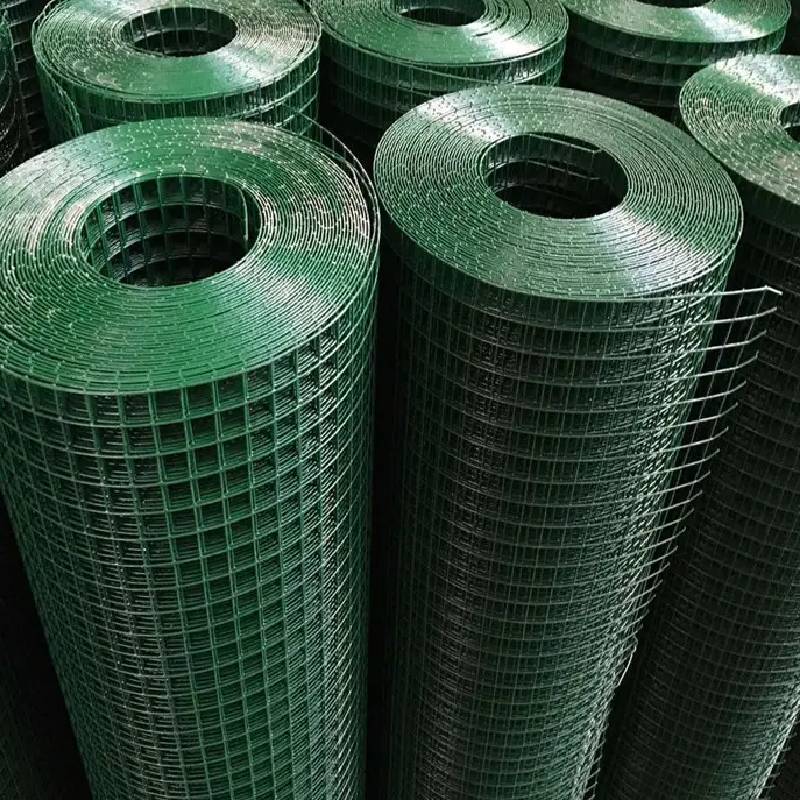
- Mobile Phone
- +8613931874955
- sales@cntcmetal.com
Ways to Incorporate Brick Ties in Construction Projects
Using Brick Ties Enhancing Structural Integrity in Masonry Construction
In the world of construction, especially in masonry, the importance of using appropriate materials and techniques cannot be overstated. One such critical component that plays a pivotal role in ensuring the durability and stability of brick structures is brick ties. These simple yet effective components not only enhance the structural integrity of masonry walls but also offer numerous advantages that make them indispensable in modern construction practices.
Brick ties are metal connectors that are used to anchor brickwork to the supporting structure, which can be a wooden frame, steel frame, or concrete wall. The primary function of brick ties is to provide lateral support to brick walls, ensuring they remain stable and well-anchored. This is especially vital in regions prone to high winds or seismic activities, where the risk of structural failure is significantly heightened. By using brick ties, builders can mitigate these risks and create safer, more resilient buildings.
One of the notable benefits of using brick ties is their contribution to the overall thermal performance of a building. Brick ties help to maintain the integrity of the cavity wall system, which is crucial for insulation. In masonry construction, a cavity wall consists of two separate walls with a gap in between. This gap serves as an insulating layer, preventing heat loss during colder months and keeping indoor spaces cool during hotter seasons. Brick ties ensure that the two walls remain aligned and functional, enhancing thermal efficiency and reducing energy costs.
using brick ties

Moreover, the use of brick ties facilitates better moisture control within the structure. Properly installed ties help to manage water drainage within cavity walls, preventing the accumulation of moisture that can lead to mold, mildew, and structural deterioration over time. This aspect is particularly important in areas with high rainfall, where moisture management is critical to a building's longevity.
Installation of brick ties is relatively straightforward, which can streamline the construction process. By adhering to the guidelines set by local building codes and standards, builders can ensure that the ties are appropriately placed and spaced throughout the masonry structure. This simplicity does not compromise the effectiveness of brick ties; on the contrary, it reinforces their importance in achieving economic and efficient construction.
Furthermore, advancements in technology have led to the development of a variety of brick tie materials, including stainless steel, which offers superior corrosion resistance. This is particularly beneficial in coastal areas where salt exposure can lead to rapid deterioration of conventional materials. The availability of different tie designs and materials allows builders to select solutions that best meet the specific requirements of their projects, further enhancing overall performance.
In conclusion, the use of brick ties is a fundamental aspect of masonry construction that cannot be overlooked. They provide essential support that enhances the structural integrity of brick buildings while also contributing to thermal efficiency and moisture control. As the construction industry continues to evolve, embracing innovative materials and techniques, brick ties remain a staple that ensures both the safety and longevity of masonry structures. Ultimately, their incorporation into building practices represents a commitment to quality, durability, and sustainable construction.
share:
-
Your Source for Concrete Wall Ties and Masonry AccessoriesNewsJul.10,2025
-
Unlocking the Power of Iron Wire for Every ProjectNewsJul.10,2025
-
Explore Advanced Chain Wire and Stainless Steel Mesh FencingNewsJul.10,2025
-
Discover the Benefits of Annealed Wire ProductsNewsJul.10,2025
-
Discover China Stainless Steel Wire Mesh SolutionsNewsJul.10,2025
-
Build with Confidence Using High-Performance Masonry AccessoriesNewsJul.10,2025
-
Why Sacrificial Formwork Is Redefining Underground ConstructionNewsJun.06,2025



















